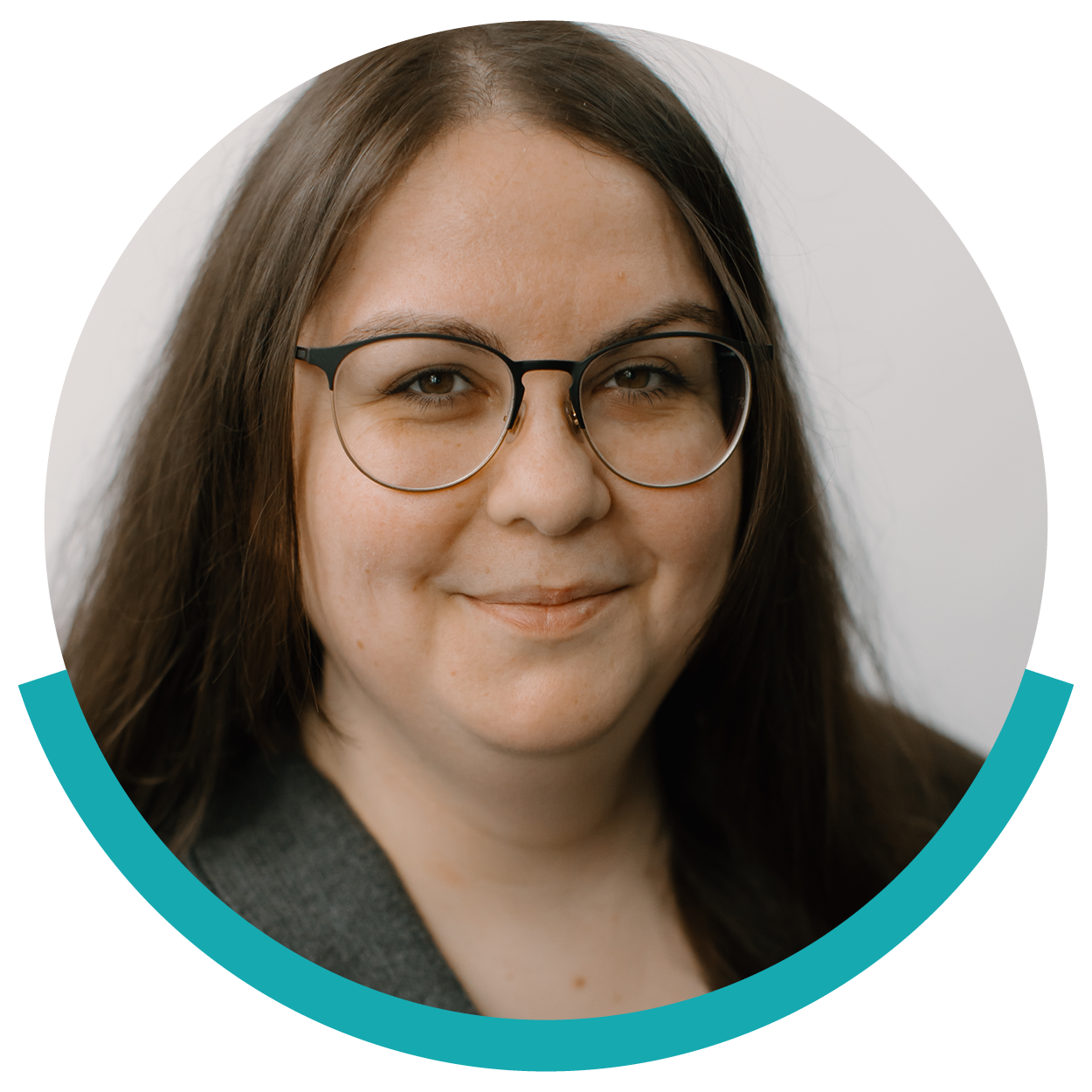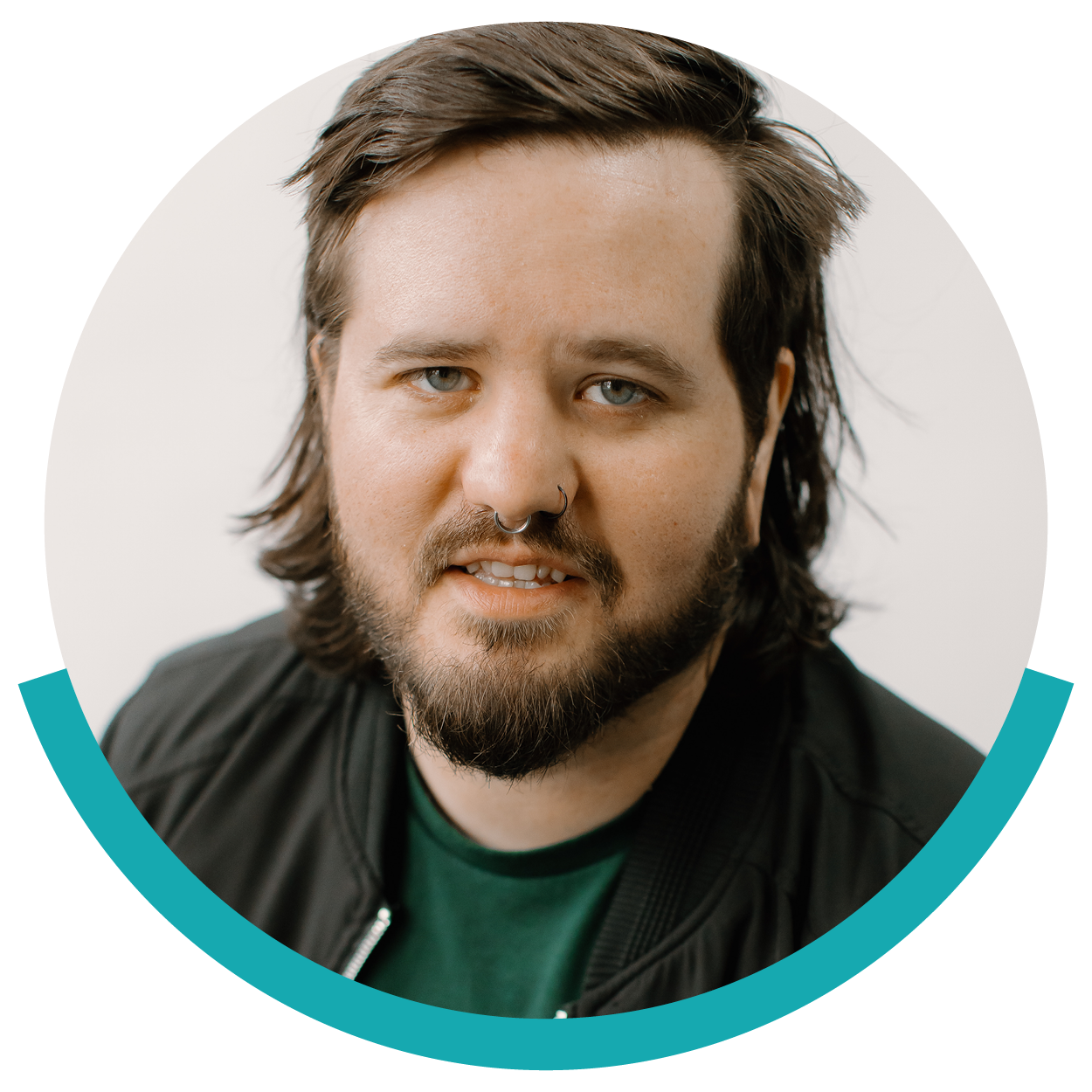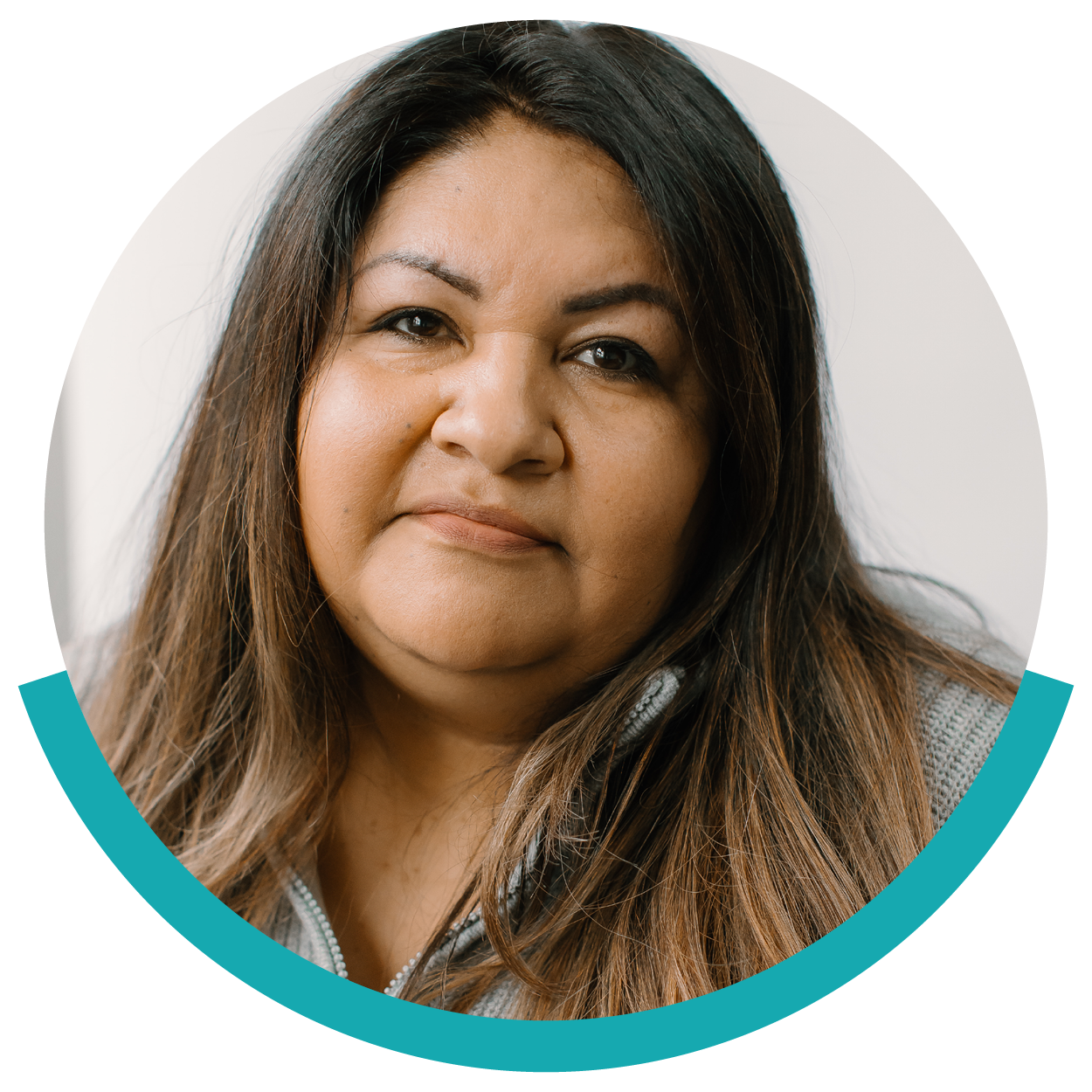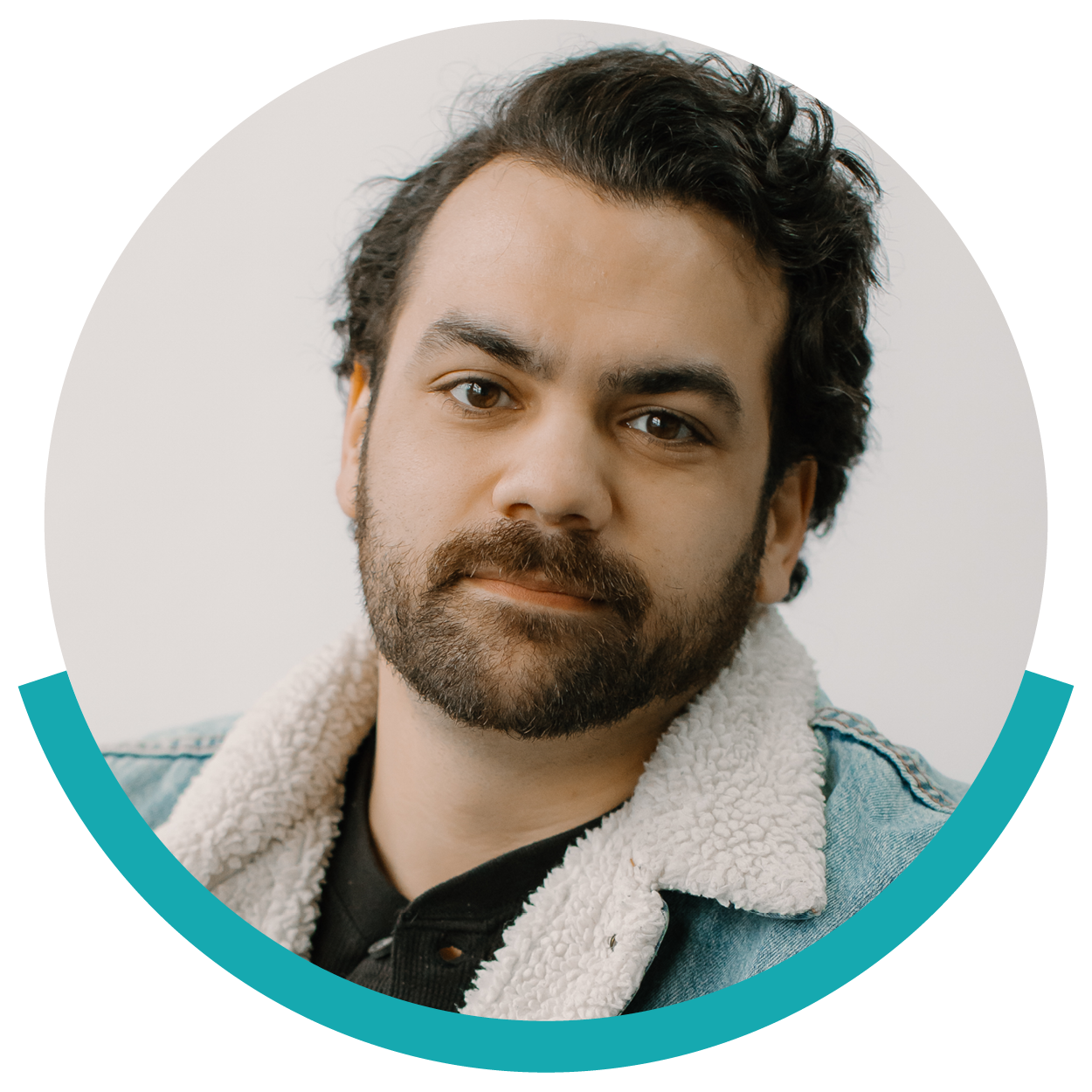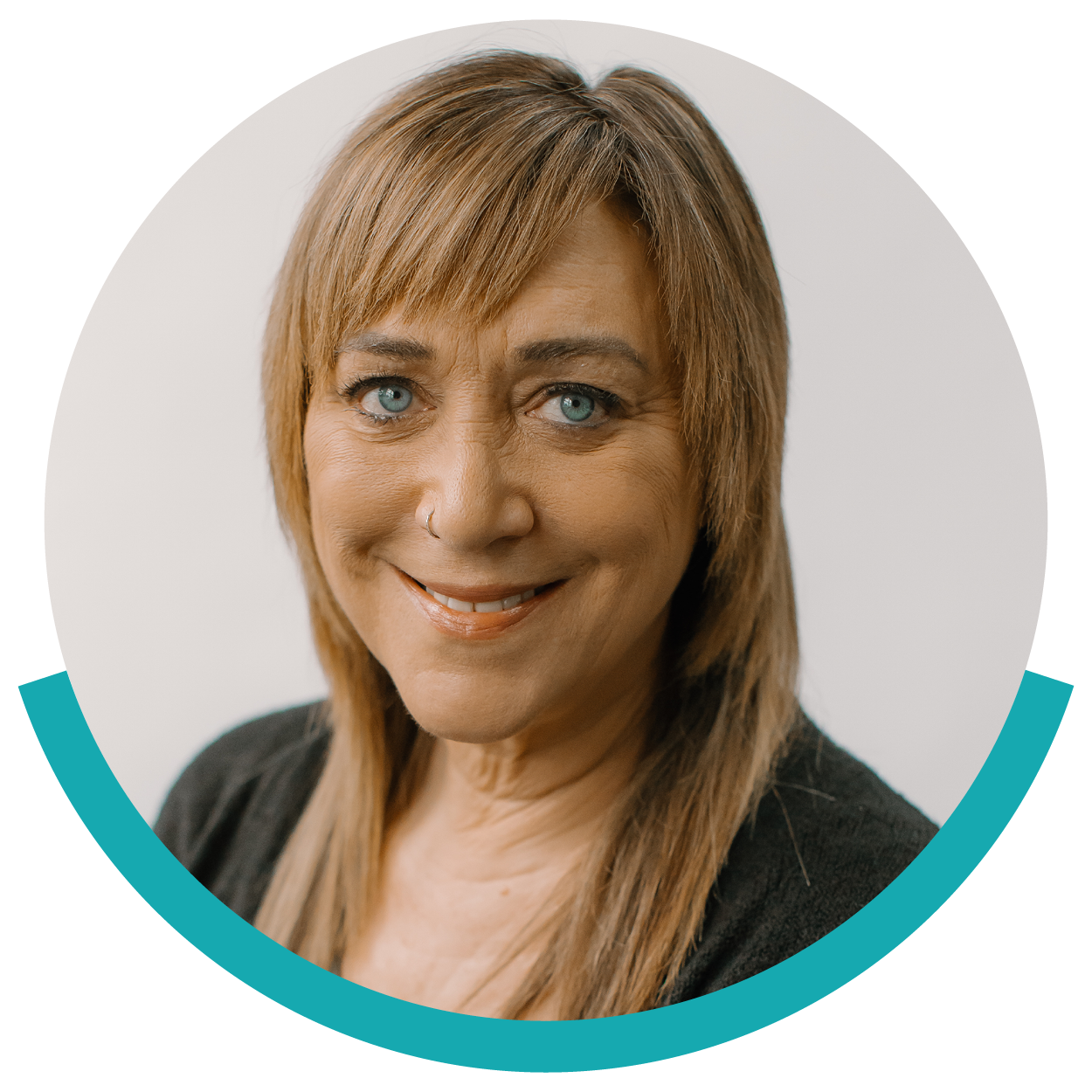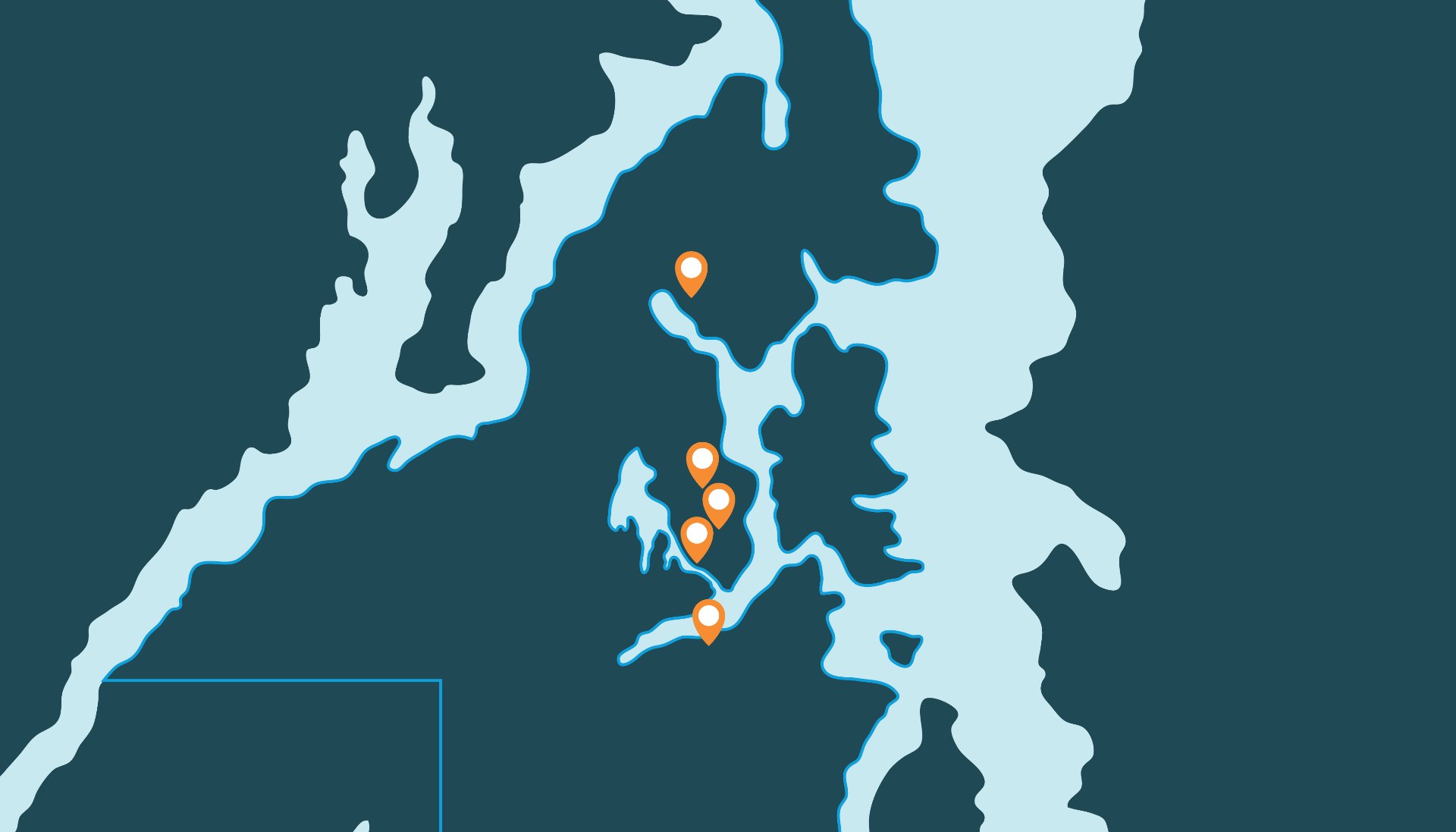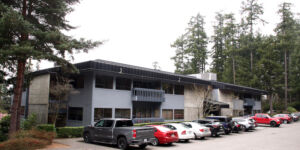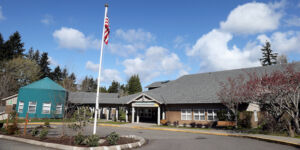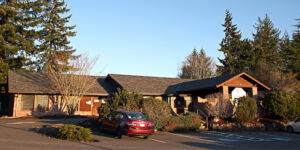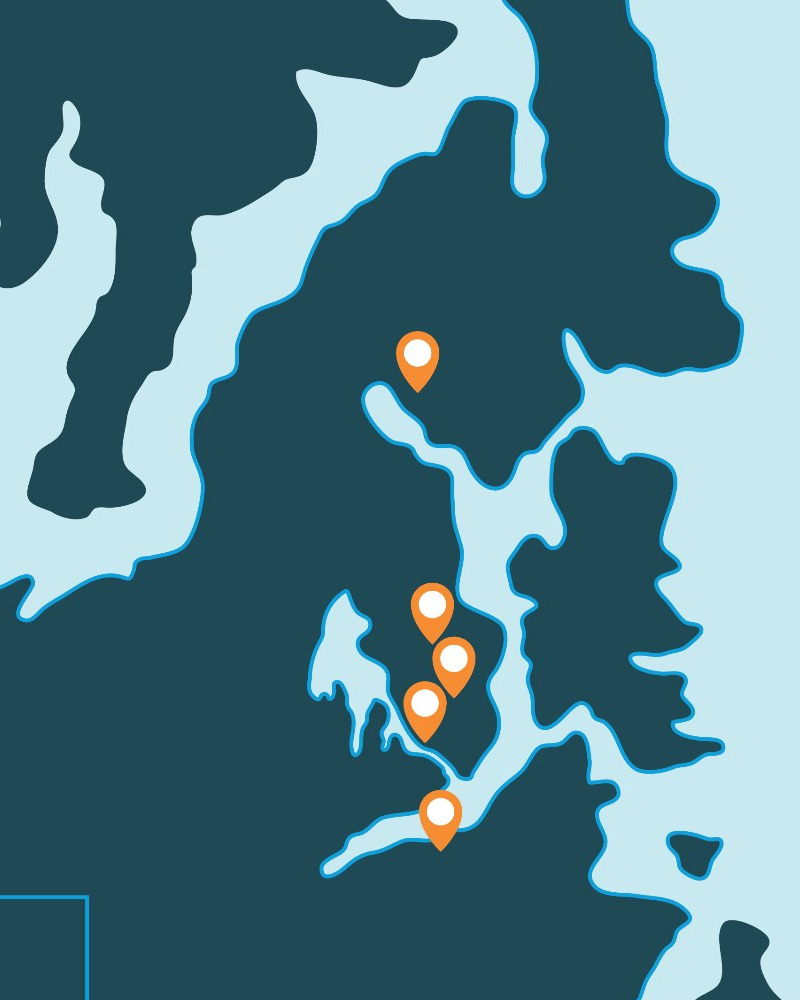

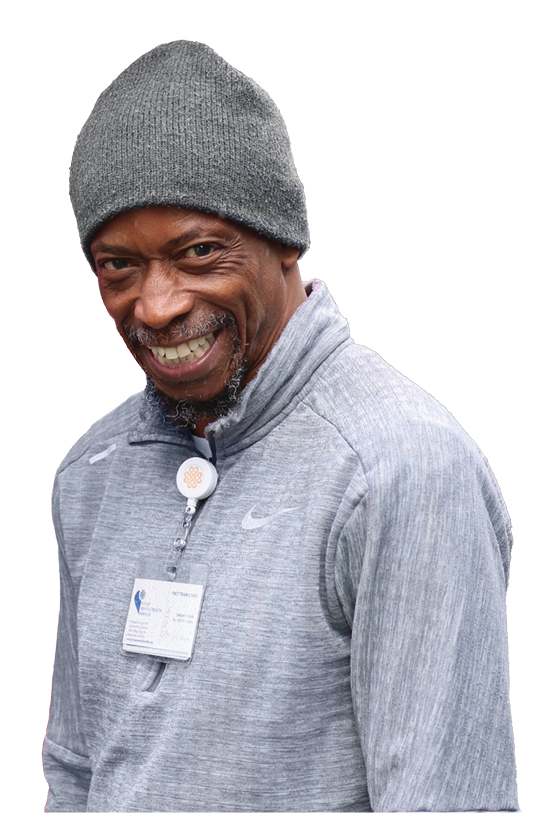
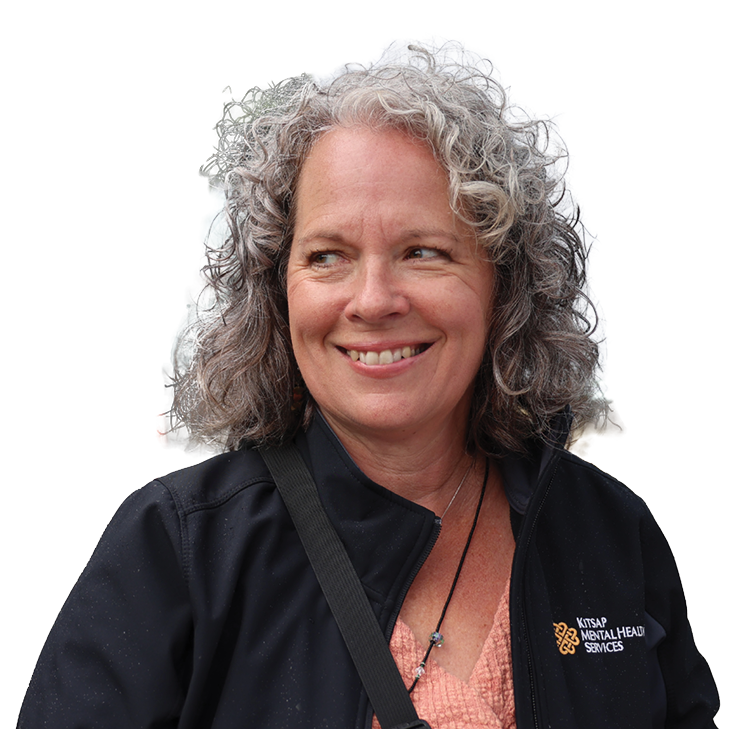
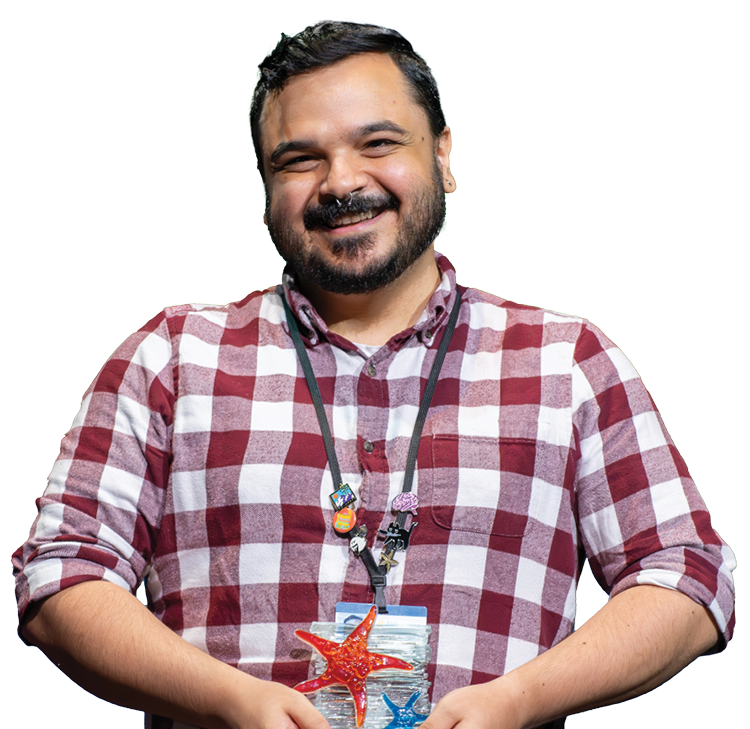
Features
Multiple Disorders, One Clinician
Coordinated Program Treats Mental Health and Substance Use Disorders
Who We Are
Hope Lives Here
KMHS has been Kitsap County’s community behavioral health expert since 1978. Our highly trained staff members deliver a broad range of recovery-oriented services, including:
- Outpatient and intensive wraparound services for children, youth, families and adults
- Crisis Triage Center and Mobile Crisis Outreach
- School programs
- Inpatient units for adults and youth
- Residential units for adult mental health and substance use treatment
- Supportive housing and employment services, including 72-unit Pendleton Place
Who We Serve
Where Our Clients Live
Click on any area to see how many clients live there.
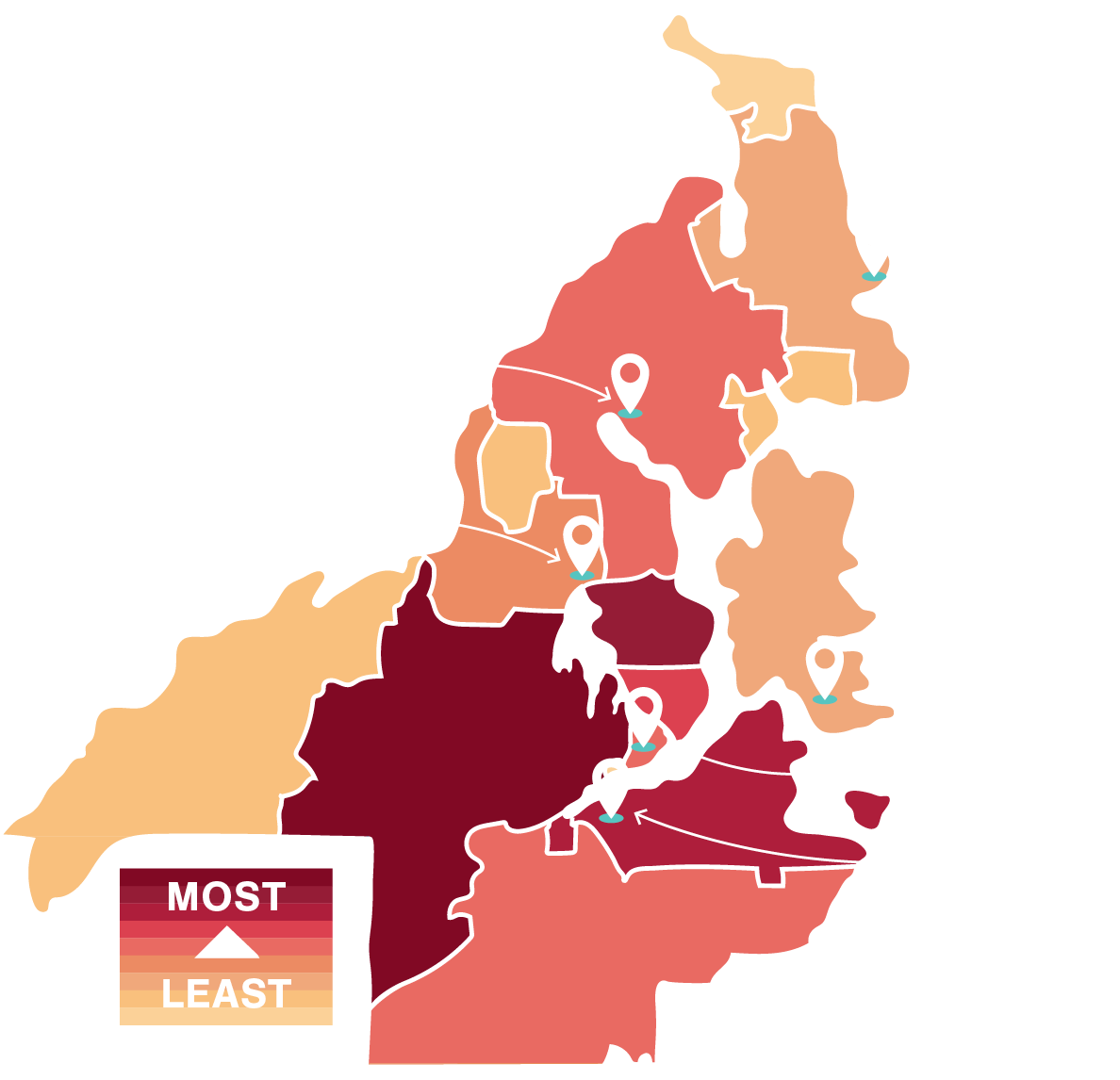
13 Clients
125 Clients
61 Clients
398 Clients
113 Clients
52 Clients
320 Clients
887 Clients
752 Clients
398 Clients
822 Clients
384 Clients
1002 Clients
49 Clients
KMHS primarily serves clients who qualify for Medicaid and who are experiencing moderate to severe mental illness and/or substance use disorders.
As a Certified Community Behavioral Health Clinic, we have met a federal standard for quality and are committed to expanding access.
Clients by Program
Clients may be counted in more than one category if they were enrolled in multiple programs.
Our Employees by Role

We Speak Your Language
Our bilingual Inclusive Community Care team offers mental health support to our Spanish-speaking community, including individual, family and group therapy. We can also provide care in almost any language through contracted interpreter services.
Our Client Demographics
Our Employee Demographics
Kitsap County Demographics
Demographic data collection varies by source.
TMS Offers Hope
Life-Changing Depression Treatment Comes to KMHS
Kay has been living with the crushing weight of depression since she was 7 years old.
At age 30, she estimates she’s tried a dozen different medications. Some would work for a short time, but none were effective long term. And coming off the meds could push her into an even darker place, stirring thoughts of suicide or causing her to sleep all day. Simple tasks like brushing her teeth or washing her hair felt overwhelming.
“In a lot of ways, depression kills little bits of you slowly,” Kay said. “It kills the little bits of you that make you care about yourself.”
“Now, I’m taking care of myself for the first time in a long time”
How Transcranial Magnetic Stimulation Works
- 1
A TMS device generates a perpendicular magnetic field that penetrates the skull and brain tissue, induced by two coils of metal wire that carry electrical current. Unlike shock therapy, the electrical current does not touch the client.
- 2
A computer program rapidly switches the magnetic field off and on, inducing another electrical current that stimulates neurons.
- 3
By positioning the device, scientists and clinicians can focus the stimulation on brain regions that are involved in depression.
Multiple Disorders, One Clinician
Coordinated Program Treats Substance Use Disorder and Mental Health Issues Together
An estimated 25-30 percent of Kitsap Mental Health Services clients have a substance use disorder in addition to a mental health challenge, but until recently, the two issues were treated separately.
As a result, many of the mental health clients who could have benefited from substance use treatment weren’t getting it.
KMHS Substance Use Disorder Treatment Programs
Pathways
Pacific Hope & Recovery Center
Medication Assisted Treatment
Offers holistic outpatient treatment for adults and youth ages 13 and older with co-occurring mental health and substance use disorders. Must be a KMHS client and have completed a substance use disorder assessment to qualify. Services include individual therapy, group therapy, intensive outpatient services, and referrals to higher levels of care.
Designed for adults who are at immediate risk of relapse, this 16-bed residential program offers a structured 24/7 environment and variable-length stay. It is the only residential facility for co-occurring mental health and substance use disorders treatment in Kitsap County, and provides trained mental health staff plus access to psychiatric support.
Evidence-based program that’s proven to sustain recovery and prevent overdoses through a combination of medication and behavioral therapy. The prescribed medications are taken under a doctor’s care to block the euphoric effects of opioids and alcohol, relieve cravings and help reset the body.
Substance Use Disorder Clients by Program
From Crisis to Stability
WISe Helps Families Through Life’s Toughest Times
As a supervisor for Kitsap Mental Health Services’ WISe team, Andrea Starr has answered hundreds of after-hours crisis calls, connecting youth and families in the program with services, resources and a sympathetic ear.
“When they call, they’re going to get a live person and they’re going to get support. It could be in-person, it could be over the phone, we could be meeting them at the Emergency Department,” she said. “We meet them where they’re at, literally at any hour.”
Team Roles
Meet some of the staff members who support WISe families.

